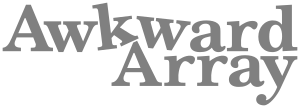Using arrays in Numba#
The user guide is a collection of “how to…” guides for common tasks. See the left side-bar (or bring it into view by clicking on the upper-left ≡) to access the guides, grouped by topic.
If you’re looking for documentation on a specific function, see the API reference instead.
You can test any examples in a new window/tab by clicking on 

